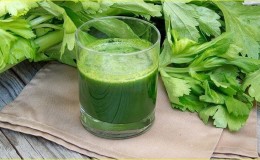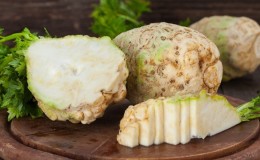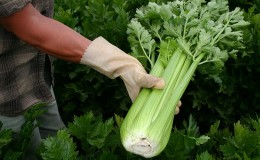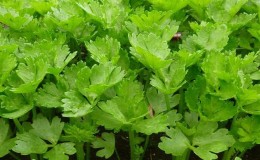Celery

Celery root contains a large amount of vitamins, micro- and macroelements useful for humans. The root vegetable is used in cooking, traditional medicine, for weight loss. About all its properties, benefits for the body and taste ...

Roots, leaves and rhizomes of celery are widely used in cooking and are often recommended as a therapeutic food for various diseases. Low in calories, the vegetable contains a lot of fiber, minerals, amino acids, essential oils, ...

Traditional medicine does not lose its relevance in the 21st century. Thanks to the Internet, prescriptions for natural-based medicines that were previously passed down from generation to generation are available today to everyone. ...

For a long time, celery was grown in Russia for decorative purposes. Only in the 17th century did people learn about the nutritional and beneficial properties of this culture, and began to plant food for consumption. They eat at ...

Petiole celery has a unique set of vitamins, micro- and macroelements, replaces salt in food, removes radionuclides and has a negative calorie content. The body spends 25 kcal to process 100 g of the product, while ...

Celery has healing powers, strengthens the immune system and is useful from root to stem. Until the 17th century, it was perceived exclusively as a medicinal plant. And only after they began to use root celery in ...

When a woman becomes a mother for the first time, she is interested in what foods to eat during breastfeeding in order to transfer important vitamins to the baby with milk for full growth and development, without causing ...

Root celery is a biennial plant from the Celery family, or Umbrella. He comes from the Mediterranean countries. The inhabitants of Ancient Greece and Egypt used it in folk medicine. The first mentions of celery as ...

Petiole celery is characterized by a long growing season and, depending on the variety, ripens in 80-180 days. This feature dictates its own rules for planting a plant. Sowing work begins at the end of January and ends ...
